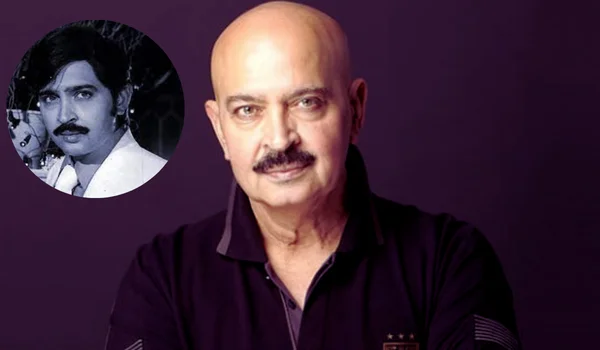Veteran Bollywood filmmaker Rakesh Roshan recently shared his perspective on the remarkable success of South Indian films like “Pushpa 2” and “KGF 2,” emphasizing the need for Bollywood to embrace innovation and adapt to changing audience preferences.
South Indian Cinema’s Ascendancy
In recent years, South Indian cinema has witnessed unprecedented success, with films such as “Pushpa: The Rise,” “Pushpa 2,” and “KGF: Chapter 2” achieving massive box office collections and widespread acclaim. These films have not only dominated regional markets but have also made significant inroads into the traditionally Hindi-centric Bollywood audience.
For instance, “Pushpa: The Rise” garnered over ₹300 crore globally, while its sequel, “Pushpa 2,” continues to break records, with box office collections surpassing ₹1,831 crore in just 32 days. Similarly, “KGF: Chapter 2” has set new benchmarks for Indian cinema, reflecting a shift in audience preferences towards content-rich, high-octane storytelling.
Rakesh Roshan’s Perspective

Rakesh Roshan, known for directing and producing successful Bollywood films, acknowledges the achievements of South Indian cinema. He attributes their success to a deep understanding of audience expectations and a willingness to experiment with innovative storytelling techniques.
Roshan points out that South Indian filmmakers have effectively combined traditional narratives with contemporary cinematic techniques, creating a unique blend that resonates with a broad spectrum of viewers. He believes that Bollywood can draw valuable lessons from this approach, particularly in terms of embracing originality and catering to the evolving tastes of the audience.
The Importance of Originality
One of the critical factors behind the success of films like “Pushpa 2” and “KGF 2” is their originality. These films offer fresh narratives, compelling characters, and innovative storytelling that captivate audiences. In contrast, Bollywood has faced criticism for its reliance on formulaic plots and frequent remakes, which may not always resonate with contemporary viewers.
Roshan emphasizes the need for Bollywood to invest in original content that reflects the diverse experiences and aspirations of modern audiences. By doing so, the industry can regain its competitive edge and appeal to a broader demographic.
Adapting to Changing Audience Preferences
The success of South Indian films also underscores the importance of understanding and adapting to changing audience preferences. Today’s viewers seek more than just star power; they desire engaging stories, well-developed characters, and high production values.
Bollywood’s leading actresses, such as Kiara Advani and Alia Bhatt, are already making strides by taking on diverse and challenging roles that break away from traditional stereotypes. Advani’s upcoming role in “War 2,” alongside Hrithik Roshan and Jr. NTR, and Bhatt’s lead in the spy thriller “Alpha” are examples of this shift towards more dynamic and substantial characters.
The Role of Technology and Production Quality
South Indian films have set new standards in production quality, utilizing advanced technology and innovative filmmaking techniques to enhance the cinematic experience. High-quality visual effects, meticulous set designs, and dynamic action sequences have become hallmarks of these films, contributing significantly to their success.
Bollywood can benefit from investing in similar technological advancements and focusing on production quality to meet the heightened expectations of today’s audiences. By doing so, it can create immersive and engaging films that stand out in an increasingly competitive market.
Conclusion
Rakesh Roshan’s insights highlight a pivotal moment for Bollywood. The success of South Indian films like “Pushpa 2” and “KGF 2” serves as both inspiration and a challenge for the Hindi film industry to innovate, embrace originality, and adapt to the evolving preferences of its audience.
By learning from the achievements of its southern counterparts, Bollywood has the opportunity to usher in a new era of filmmaking that resonates with audiences across the nation and beyond.

Hello, I’m Kapil Kumar, a seasoned SEO expert and blogger at WinnersList.in. My mission is to spotlight exceptional individuals and organizations across various domains. Through curated lists, profiles, and inspiring stories, I aim to celebrate outstanding achievements and inspire the next generation of champions. Join me in this journey.
